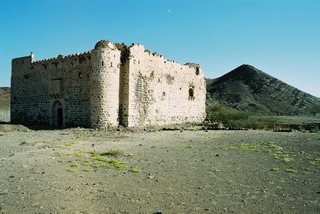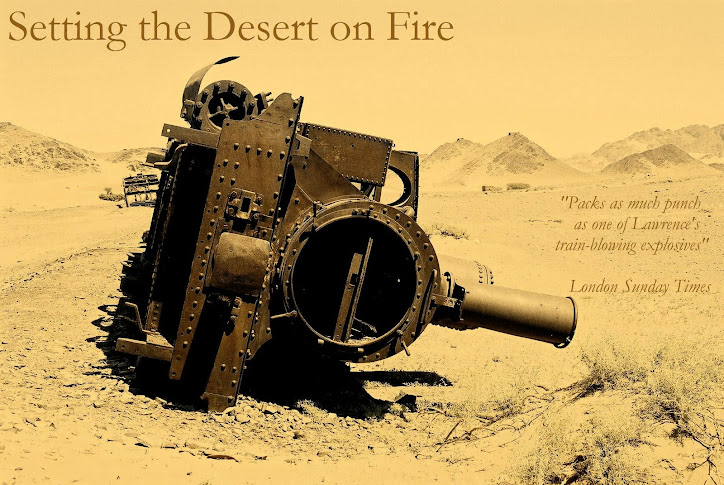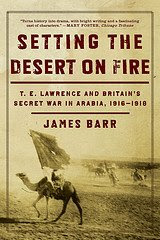 'Every fort is like a prison': an old pilgrim hostel in the Hijaz, Saudi Arabia
'Every fort is like a prison': an old pilgrim hostel in the Hijaz, Saudi Arabia
News that two British Muslim pilgrims have died in a coach crash while driving between Medina and Mecca is a sad reminder that even today the Muslim pilgrimage, the Hajj, continues to have its dangers. But these are slight compared to the risks one hundred years ago, before the train and plane made getting to the Hijaz to fulfil this once-in-a-lifetime demand of Islam very much more easy.
On her visit to Syria in 1905 the British traveller Gertrude Bell asked her guide about the hardships pilgrims faced on their way to Mecca. 'By the face of God! they suffer,' he answered: 'Ten marches from Maan [in sourthern Jordan] to Medain Salih, then from there to Medina and ten from Medina to Mecca, and the last ten are the worst, for the Sharif of Mecca and the Arab tribes plot together, and the Arabs rob the pilgrims and share the booty with the Sharif. Nor are the marches like the marches of gentlefolk when they travel, for sometimes there are fifteen hours between water and water, and sometimes twenty, and the last march into Mecca is thirty hours.' And he was less than complementary about the fortified caravanserai, or hostels, at which the pilgrims stayed along the route. 'Every fort is like a prison', he said. (The Desert and the Sown, New York 1907, p.239)
The completion of the Hijaz Railway from Damascus to Medina by 1908 dramatically changed all that. The forty-day desert march from Damascus or an expensive voyage by sea down through the Suez Canal now took just three days by train. Yet this achievement brought the Ottomans into mounting conflict with the Bedu - the small and feuding tribes of violent nomadic herders who scratched a living in the desert from robbing one another and hiring camels and guides to travellers. The traffic of rich pilgrims through the Hijaz made protection rackets and robbery lucrative additional lines of business for the Bedu, whose demands grew more shrill as their ancient way of life and death came under threat from the train. The pilgrimage of 1913 was especially bad. 70 Iranian pilgrims were killed in one attack and an Ottoman officer who had been promoting plans to extend the railway from Medina south to Mecca itself was hacked to death. Under pressure from both the tribesmen and shopkeepers in Mecca who did not like the fact that the poorer pilgrims who could now afford the journey did not spend as much in the city, some Muslim clerics tried to claim that pilgrimages made by train did not count: they were too easy.
The devastating economic impact of the railway on the Bedu helps to explain why they were so willing to support the Sharif of Mecca, Husein, who called for a revolt in 1916. In the uprising that followed, which was backed by the British, the Hijaz Railway was largely destroyed. Stiff opposition from the Saudi national airline, which wants a monopoly on pilgrim traffic, has thwarted attempts to rebuild it. The railway has never functioned again.




No comments:
Post a Comment